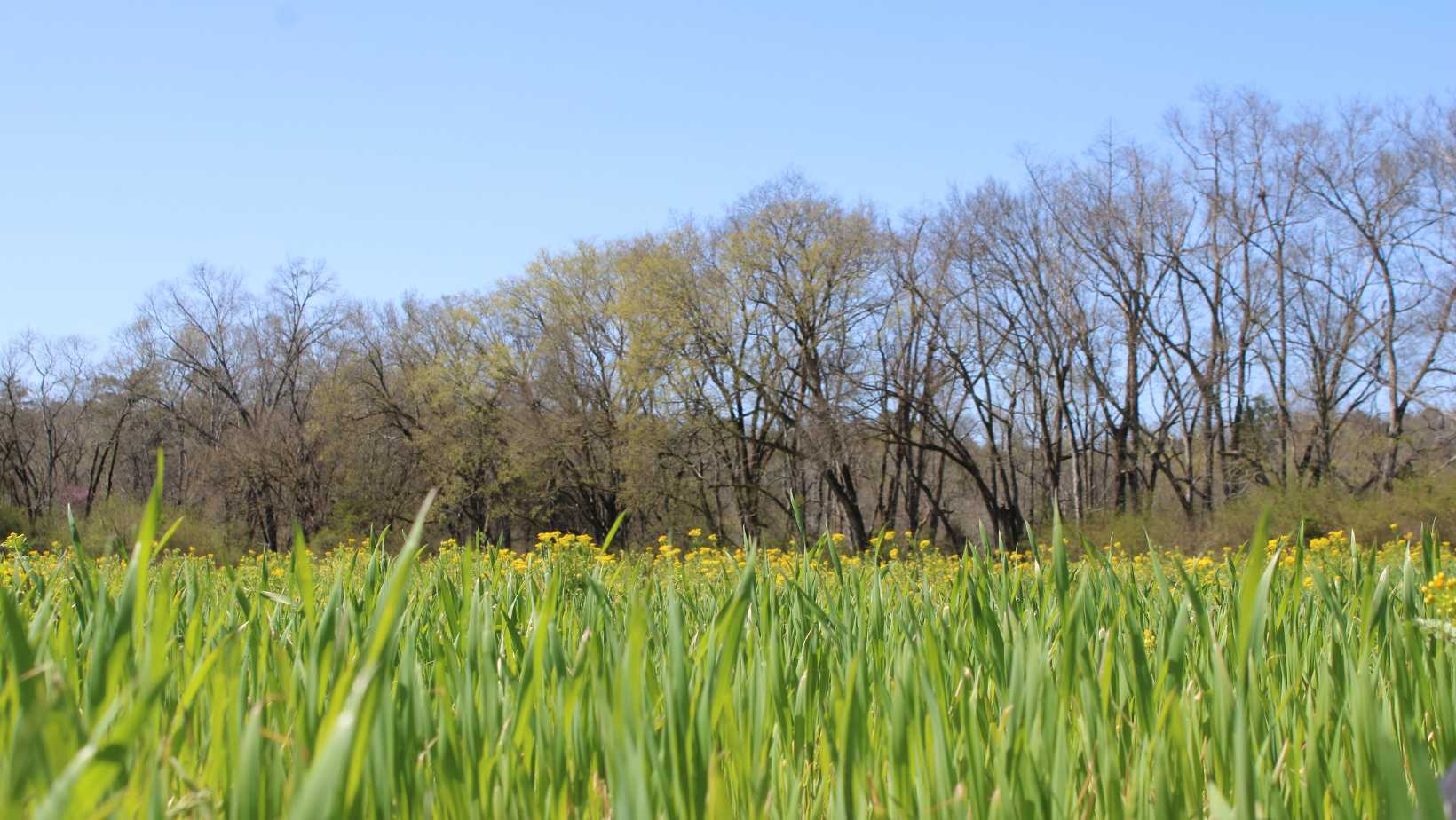7 Steps to Soil Restoration
A portion of our property has had monocrops (sod and corn) on it for a decade. A local sod farmer has used herbicides on our property for many years to kill off winter wheat and planted corn in the summers. Starting last year, we took back this portion of our property and are hoping to grow wildflowers, native plants, and a garden with several crops.
We have been researching the best way to improve our soil and restore it after this long-term monocrop and herbicide use. Here are a few things we’ve learned.
Restoring soil after years of monoculture and chemical use can take time, but it is definitely possible. Here are some steps to take to improve the soil and promote healthy plant growth:
- Conduct a soil test: Before you do anything else, it’s important to get a baseline understanding of your soil’s nutrient levels, pH, and other characteristics. You can send a soil sample to a local cooperative extension or agricultural lab for analysis. The results will help you determine which nutrients your soil is lacking and what adjustments you need to make. We have the little soil bags we got from the Georgia Extension Office and it’s on our list to have a test done.
- Add organic matter: One of the best things you can do for your soil is to add organic matter. This can include things like compost, well-rotted manure, leaf litter, or cover crops. Organic matter helps improve soil structure, retain moisture, and provide essential nutrients to plants. Work organic matter into the top few inches of soil before planting. We are in the process of adding cardboard covered with mulch to the garden portion of our field. This helps control weeds and builds up the soil. We’re also planting cowpeas and legumes to help add nutrients to the soil.
- Use natural fertilizers: If your soil is lacking in essential nutrients, you may need to add fertilizer. However, instead of using synthetic fertilizers, which can harm soil health and contribute to water pollution, opt for natural alternatives like bone meal, blood meal, or fish emulsion. These provide a slow-release source of nutrients that won’t damage soil microbes. We have a few ducklings that we hope will help control pests in our garden. But we’ve also discovered that duck manure is one of the best fertilizers available and ducks produce more waste than chickens.
- Practice crop rotation: Growing different crops in different areas each year helps prevent the buildup of soil-borne diseases and pests. Ideally, rotate your crops so that plants from the same family are not grown in the same area for more than one year in a row.
- Avoid tillage: Tilling can damage soil structure and disrupt soil biology. Instead, consider using no-till or low-till methods, such as planting cover crops or using a hoe to create planting holes. We are using a no-till method in conjunction with the cardboard/mulch weed block.
- Use companion planting: Companion planting involves growing different plants together in a way that benefits both species. For example, we’ll be planting beans alongside corn to help fix nitrogen in the soil and reduce the need for fertilizer. We’ll also be planting cushaw because it grows well next to corn and okra and will keep the weeds down because it crawls and covers a lot of space.
- Be patient: Restoring soil health takes time, so don’t expect immediate results. Over time, as you continue to add organic matter and use natural growing methods, your soil will become healthier and more productive. Patience is definitely something we’re working on! 🙂
Bonus: Let go of what’s been done to our property in the past. Realize that everyone has different values and objectives for property. We can’t change the past, but we can make choices for our property that better align with our values in the future. The video below is what I call the “Parable of the Villainous Heroes” and talks more about the different values people have with soil restoration and in life.
For more information on the “Parable of the Villainous Hero” click here.

